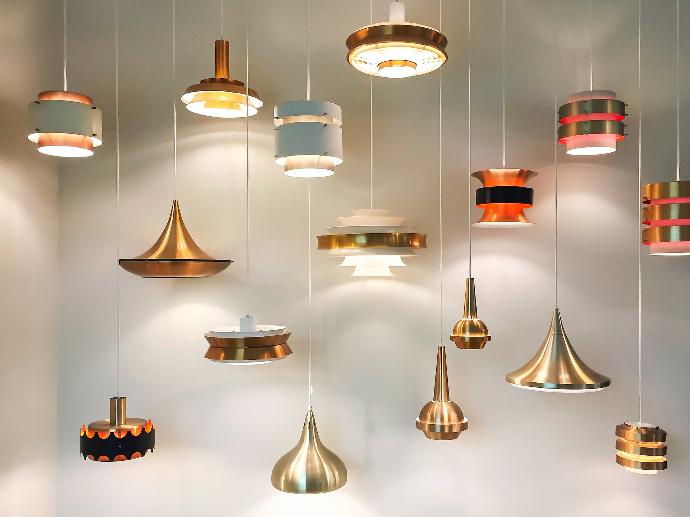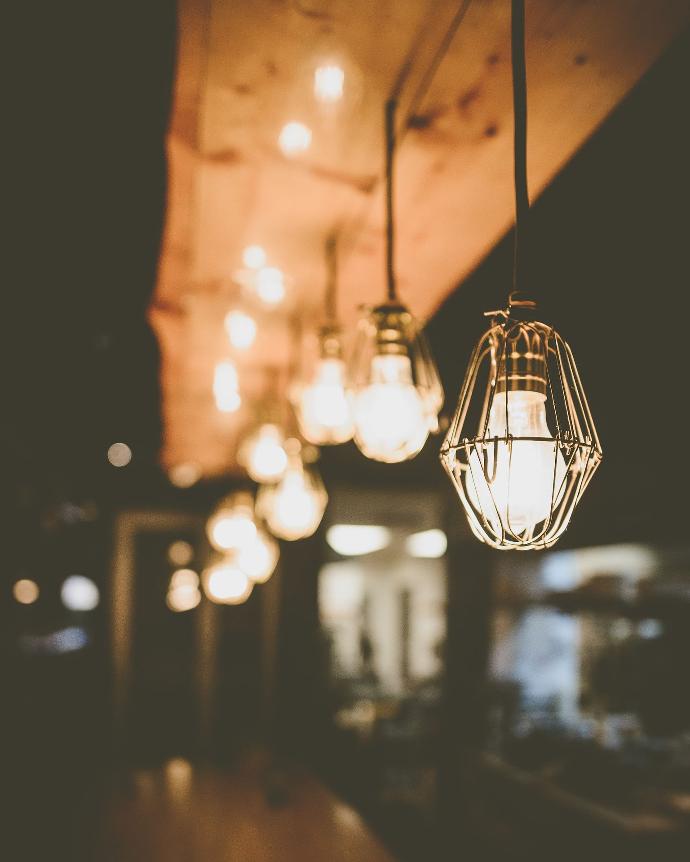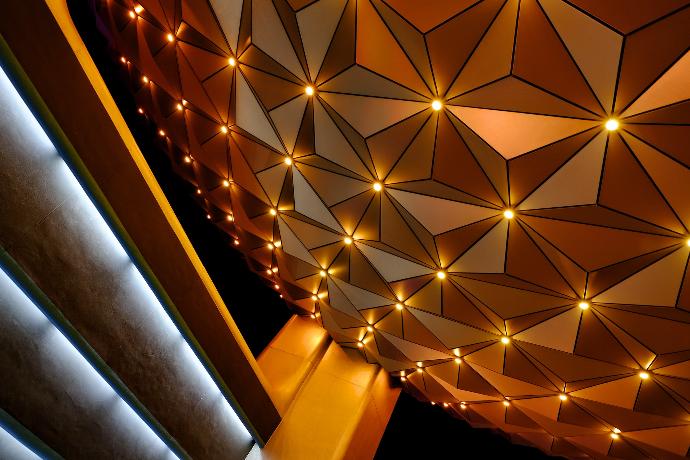Lighting plays a crucial role in creating the ambiance, functionality, and overall aesthetics of any space. Whether you're designing a home, office, or any other environment, selecting the right lighting is essential to ensure comfort, productivity, and visual appeal. With numerous options available in the market, understanding how to choose the right lighting for your needs can be a daunting task. This comprehensive guide aims to provide you with valuable insights and practical tips to help you make informed decisions when it comes to lighting your space.
Assess Your Lighting Needs:

Before diving into the world of lighting options, it's important to assess your specific needs and objectives. Consider the purpose of the space, the activities that will take place, and the mood or atmosphere you want to create. Different areas, such as kitchens, bedrooms, and offices, require specific lighting solutions based on their intended use.
Understand Lighting Types:

Familiarize yourself with various lighting types to make an informed choice:
a. Ambient Lighting:
This is the general lighting that provides overall illumination to a room. It can be achieved through ceiling-mounted fixtures, recessed lights, or chandeliers.
b. Task Lighting:
Task lighting is focused lighting that aids in performing specific activities like reading, cooking, or working. Desk lamps, under-cabinet lights, and pendant lights are common examples.
c. Accent Lighting:
Accent lighting is used to highlight architectural features, artwork, or specific objects in a room. Track lights, wall-mounted fixtures, and spotlights are popular options for accent lighting.
d. Natural Lighting:
Don't overlook the importance of natural light. Maximize natural light sources by using windows, skylights, or light-filtering curtains to create a brighter and more inviting space.
Consider Light Bulb Options:

Choosing the right light bulbs can significantly impact the quality of light and energy efficiency. Here are some commonly used types:
a. Incandescent Bulbs:
These traditional bulbs produce a warm, yellowish light but are less energy-efficient and have a shorter lifespan.
b. Halogen Bulbs:
Similar to incandescent bulbs, halogens emit a bright, white light. They are more energy-efficient and longer-lasting.
c. Compact Fluorescent Lamps (CFLs):
CFLs are energy-efficient alternatives to incandescent bulbs. They provide a range of color temperatures and are cost-effective in the long run.
d. Light-Emitting Diodes (LEDs):
LEDs are highly energy-efficient, have a longer lifespan, and are available in various color options. Although initially more expensive, they are a smart long-term investment.
Determine Lighting Fixtures:

Choosing the appropriate lighting fixtures can enhance both functionality and aesthetics. Consider the following factors:
a. Style:
Ensure the lighting fixtures align with the overall style and theme of your space. Whether it's modern, industrial, or traditional, selecting fixtures that complement the existing décor can create a harmonious look.
b. Size:
Determine the appropriate size and scale of lighting fixtures based on the room's dimensions. Oversized fixtures may overwhelm a small space, while undersized ones can appear insignificant.
c. Placement:
Plan the placement of fixtures strategically to ensure optimal lighting coverage and eliminate shadows or dark corners.
d. Dimmers and Controls:
Incorporating dimmer switches and lighting controls allows you to adjust the intensity of light to suit different activities and moods.
Seek Professional Advice:

If you find yourself overwhelmed or unsure about making lighting decisions, it's wise to consult a professional lighting designer or an interior designer. They can provide expert guidance based on your specific requirements and ensure your lighting design is both functional and visually appealing.
Conclusion:
Choosing the right lighting for your needs involves considering the purpose of the space, understanding different lighting types, selecting appropriate light bulbs, and determining suitable fixtures. By assessing your requirements and incorporating these factors into your decision-making process, you can create a well-lit environment that meets your functional and aesthetic expectations. Remember, lighting is not just about illuminating a space; it's about creating an atmosphere that enhances your overall experience.

